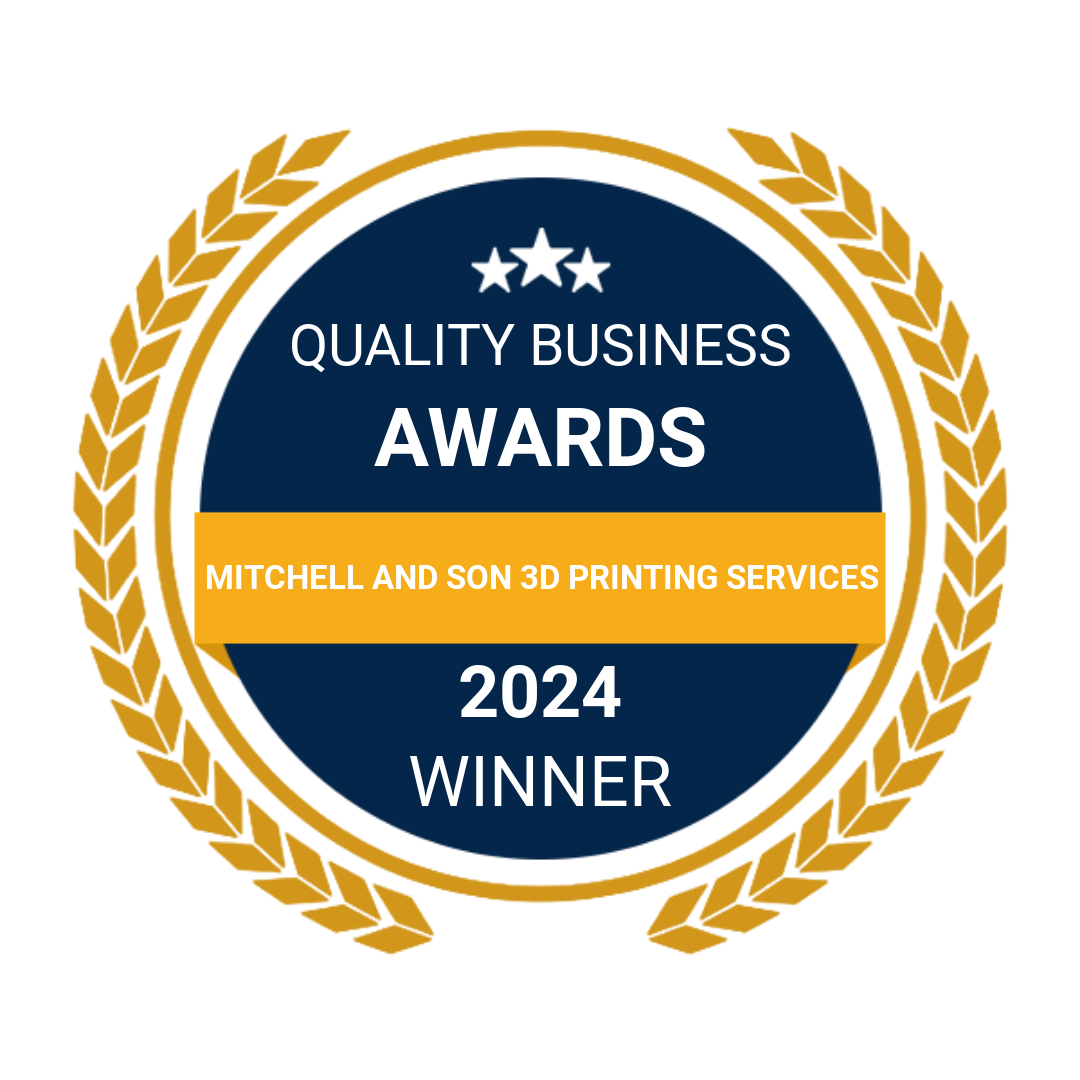Advance Your Metal Additive Manufacturing Capabilities
6 Features to Advance Your Metal AM Capabilities

New challenges and technologies arise at a rapid pace. Metal additive manufacturing (AM) is no exception, and the industry is facing new demands for more complex geometries, faster build times, and lighter final parts.
Manufacturers are increasing their adoption of metal AM to reduce costs, accelerate time-to-market, and meet growing demand from customers for smaller, lighter devices with higher functionality.
The following six key metal additive manufacturing capabilities will help manufacturers accelerate their adoption of this technology and drive greater returns on their investments in metal AM machines.
In this blog post, we’ll explore these six areas: accelerated design processes, advanced materials, computer-aided manufacturing (CAM), collaborative workflows and robotics, Computer-Vision-assisted Inspection (CVi), and Digital Twin™ technology.
Accelerated design processes
As any engineer knows, a design process that is too slow can jeopardise the success of a project. The same is true for metal AM. For example, customers who manufacture aircraft components may have to follow a costly and time-consuming design-build-test-redesign cycle. Design-build-test cycles can be even longer, if the engineers are unsure whether their design will work with the AM machine.
What will help: Designers can now use simulation tools to run virtual tests with their part design before building a physical prototype. This way, they can identify potential issues with the design early on and make necessary adjustments before testing the physical model. This can cut down their design process significantly.
Designers can also use CAM software to automate parts of the production process. With this approach, designers can create rules in the software to determine how a part will be manufactured, what materials are used, and which machine settings to use.
This can save a lot of time when producing multiple parts.
Advanced materials
To date, the majority of metal AM applications have focused on metals like aluminium, titanium, and nickel-based superalloys. In recent years, the industry has seen a growing number of manufacturers extend their metal AM applications to other metals to drive greater value from their systems.
What will help: Once used for aerospace and medical applications, cobalt-based alloys are now finding their way into automotive, industrial equipment, and heavy equipment industries.
For example, manufacturers of industrial presses can use 3D printing to produce lighter, cheaper components with fewer moving parts. Cobalt-based alloys also offer higher strength, which is beneficial for applications where higher forces are expected.
Cobalt-based alloys are just one example of the many advanced materials being used with metal AM today. Other examples include high-performance steels, composites, and more.
Computer-aided manufacturing
The transition from design to manufacturing is a critical stage in the product development process. When manufacturers use computer-aided design (CAD), they can greatly accelerate the design process. The CAD software translates the designer's ideas into a digital model that can be used for simulations or to create a 3D print.
CAD tools enable engineers to better visualise their designs and easily edit them to make adjustments before manufacturing. However, many CAD tools are not designed for metal AM, which is a very different process from 2D, CAD-based manufacturing.
What will help:
CAD tools designed for metal AM. Such software allows engineers to translate their designs into 3D models, analyse those models for potential issues (e.g. interferences), and then send them to the AM machine to produce a part.

Collaborative workflows and robotics
One of the most critical success factors of additive manufacturing is the need to closely monitor and control the build process. This is particularly true for metal AM, where there is a risk of the build process causing an explosion.
Computer-controlled robots are used in most metal AM production lines to keep humans a safe distance away from the build process. Although these robots are capable of monitoring and controlling the build process, they are not designed for collaboration.
What will help:
Collaborative workflows that can bring together engineers, operators, and the machine in a single system. Such workflows can bring together designers and operators, as well as different teams working in the same building or in different locations.
This can help reduce the need for collaboration using emails and spreadsheets and increase transparency for decision-making.
Computer-Vision-assisted Inspection
The quality of parts produced by metal AM machines depends on multiple factors. These include the quality of the CAD model, the ability of the CAM software to translate that model into instructions for the machine, and the accuracy of the AM machine itself. To help improve quality and identify issues early on, manufacturers can use computer-vision-assisted inspection to analyse build parts.
This technology can identify issues such as incomplete build layers, missing features, or incorrect geometry. What will help: Computer-vision-assisted inspection tools that offer more than just warnings on potential issues.
Such tools can also give suggestions on how to improve the design and build process. They can also generate reports and help with the quality control process.
Digital Twin Technology
A Digital Twin is a virtual representation of a physical asset, such as a machine or a production line. It lets manufacturers, as well as customers, better understand how parts are manufactured and help them improve their processes.
What will help:
Coupling metal AM machines with Predictive Maintenance (PM) software. This can help manufacturers identify potential issues with their machines before they arise. It can also help them understand the root cause of issues and decrease the time required to fix them.
A Digital Twin can also help companies create simulations that allow them to identify the best possible setup for their machines and improve their overall productivity.
Summing up
Metal additive manufacturing is a great technology to explore when looking to reduce part costs while increasing design freedom.
With advancements in materials, design processes, and hardware, expect to see more and more companies leveraging this technology to their advantage.












